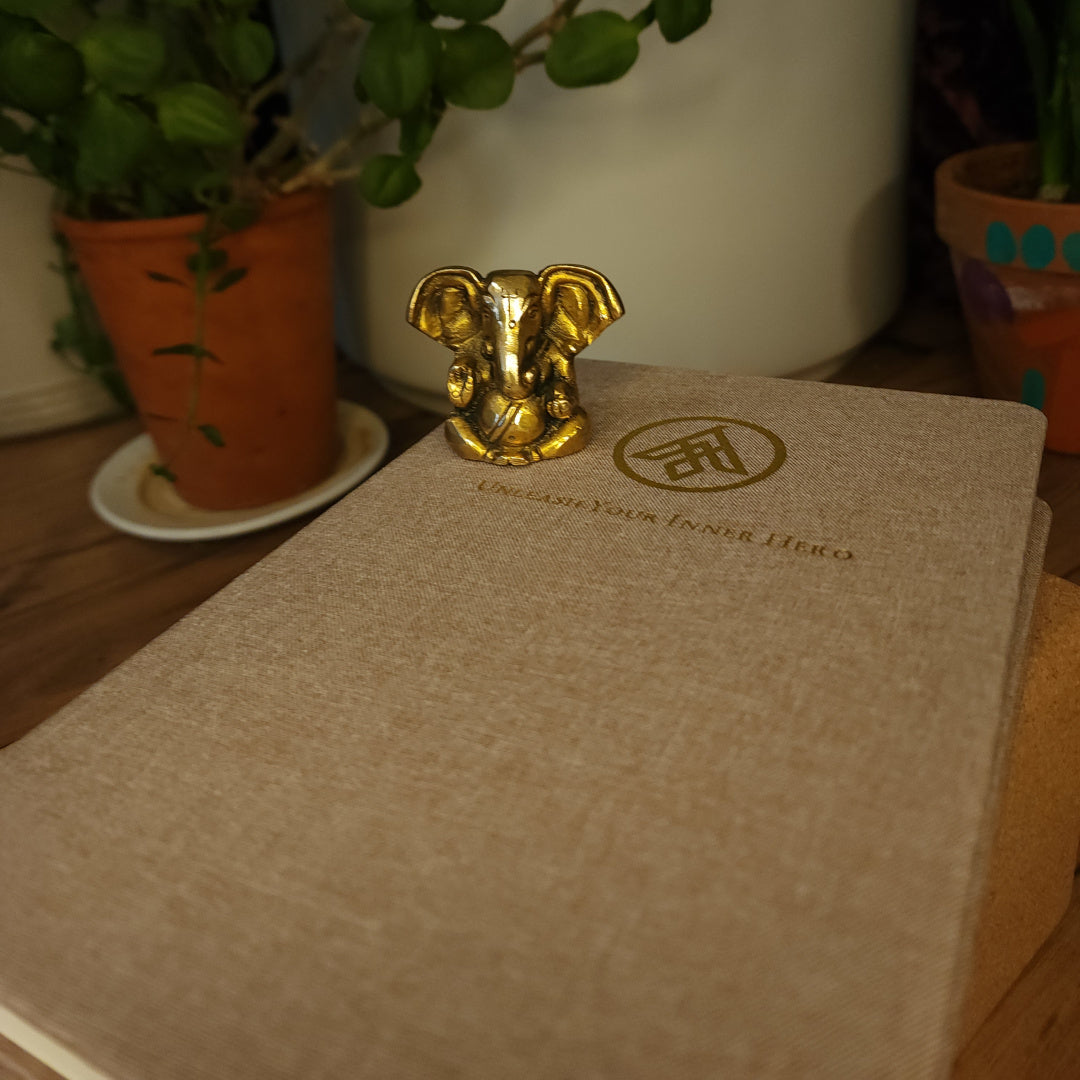What is Japa Yoga?
Jack UtermoehlShare
Japa yoga is a meditation practice centered around mantra repetition to focus the mind and deepen spiritual awareness.
The Sanskrit word "japa" means "muttering," reflecting the soft repetition of sacred sounds. This practice aligns with bhakti yoga, using devotion and chanting to cultivate inner connection.
Japa Yoga integrates mantra meditation with breath awareness, often incorporating mala beads to track repetitions, creating a tangible meditation aid.
Origins of Japa Yoga
Japa yoga originates in Indian scriptures such as the Vedas and Upanishads, where mantra repetition was a tool for spiritual growth.
It plays a key role in Hindu, Buddhist, and Jain traditions as a method of mental purification and alignment with divine energy.
The practice is thought to transform thought patterns and shift deeply ingrained cycles of suffering (samskaras), reinforcing mindfulness and focus.
Japa Yoga Practice
The core of japa yoga involves chanting a mantra while maintaining meditation and breath awareness. A mala is commonly used to count repetitions.
Common Practices
- Choosing a Mantra: Sacred words like "Om," "So Hum," or a personal mantra.
- Using a Mala: A string of 108 beads used to count mantra repetitions.
- Repetition: Chant the mantra softly or silently, syncing breath with sound.
Common Poses: Seated Meditation Pose (Sukhasana or Padmasana), Pranayama (Breath Control)
Elevate Your Yoga Journey
A yoga journal helps you deepen your practice, track your progress, and reflect on your spiritual journey. Cultivate mindfulness and intention with every entry.
Japa Yoga Suitability
Experience Level: Mixed Level (Suitable for All)
Physical Demand: Gentle Movement
Mind-Body Engagement: Primarily Meditative
Adaptability: Highly Adaptable
Focus Area: Spiritual Growth and Mental Clarity
Notes on Japa Yoga
Practicing Japa Yoga enhances concentration, emotional stability, and inner peace. It allows deep mental stillness and spiritual connection.
Similar Styles
Bhakti Yoga, Mantra Yoga, Kirtan Yoga
Equipment Needed
Required: Mala Beads
Nice to Have: Meditation Cushion
Optional: Yoga Mat
References
"Japa Yoga: A Comprehensive Treatise on Mantra-Sastra" by Swami Sivananda
"The Power of Mantra and the Mystery of Initiation" by Pandit Rajmani Tigunait
"Meditation and Mantras" by Swami Vishnu Devananda







